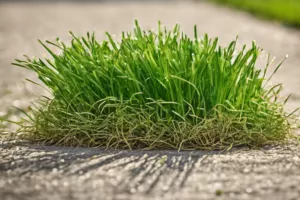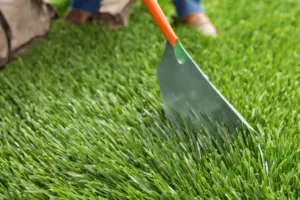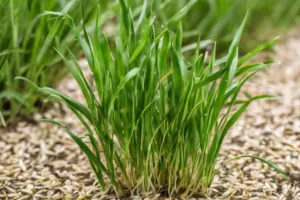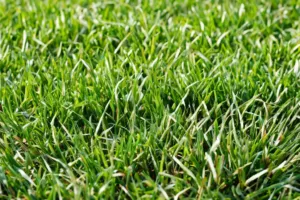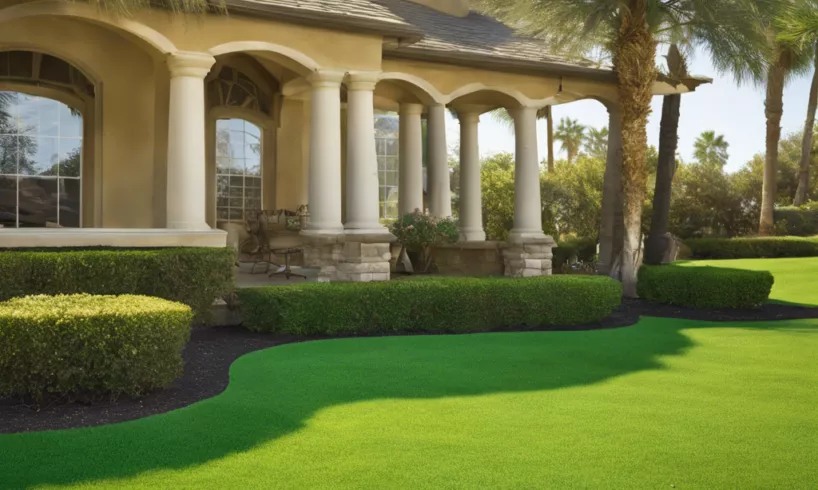
Understanding St. Augustine Grass Dormancy
St. Augustine grass, a popular turfgrass for homeowners, is known for its thick, lush, and vibrant green appearance. However, like all living things, it has a life cycle that includes periods of growth and dormancy. Dormancy is a natural state of survival that St. Augustine grass enters during certain times of the year or under particular conditions. During this phase, the grass will appear brown and lifeless, but it is merely conserving its resources until conditions become favorable again. The dormancy period primarily depends on the climate and weather conditions, but for St. Augustine grass, it typically occurs during the late fall and winter months when temperatures drop below 60 degrees Fahrenheit consistently.
Factors Influencing St. Augustine Grass Dormancy
Temperature
The primary factor that influences St. Augustine grass dormancy is temperature. This type of grass is a warm-season grass, meaning it thrives best in temperatures between 80 and 100 degrees Fahrenheit. When the temperature falls consistently below 60 degrees Fahrenheit, St. Augustine grass will start to slow its growth and eventually enter a dormant state.
Daylight Hours
Changes in daylight hours also play a role in triggering dormancy. As the days get shorter in the fall and winter, St. Augustine grass receives less light, which can hasten the dormancy process.
Moisture Levels
The amount of moisture available can influence when St. Augustine grass goes dormant. During periods of drought or inadequate watering, the grass may enter dormancy as a survival mechanism.
Considerations for Different Groups and Situations
For homeowners and landscapers living in warmer climates where frost is infrequent or non-existent, St. Augustine grass may not enter a noticeable state of dormancy, since the temperatures do not drop significantly. In cooler regions where winter temperatures are consistently low, the dormancy phase will be more evident. It’s crucial to note that dormancy does not mean the grass is dead. It’s a natural survival mechanism that allows the grass to conserve resources during unfavorable conditions.
Tips for Managing Dormant St. Augustine Grass
Maintain a Proper Watering Schedule
Even during dormancy, St. Augustine grass still needs some moisture. Therefore, it’s advisable to water your lawn about once every two weeks during the dormancy period, provided there’s no significant rainfall.
Limit Traffic
Try to limit traffic on the dormant St. Augustine grass as much as possible, as it can be more susceptible to damage during this period.
Avoid Fertilizing
Since the grass is not actively growing during dormancy, fertilizing can be unnecessary and may even harm the lawn. Wait until the grass begins to green up in the spring before resuming fertilization.
The dormancy period of St. Augustine grass is a natural part of its lifecycle, influenced by external factors such as temperature, daylight hours, and moisture levels. Understanding this process can help homeowners and landscapers maintain healthier lawns throughout the year. Even in its dormant state, with proper care, St. Augustine grass can bounce back to its lush, green state when favorable conditions return.

Bob Green, a passionate lawn care enthusiast with over two decades of landscaping experience, is this website’s proud owner. His vast knowledge of horticulture and dedication to helping homeowners maintain beautiful lawns are reflected in the valuable content he shares on his platform. John has always been interested in Agrostology.










